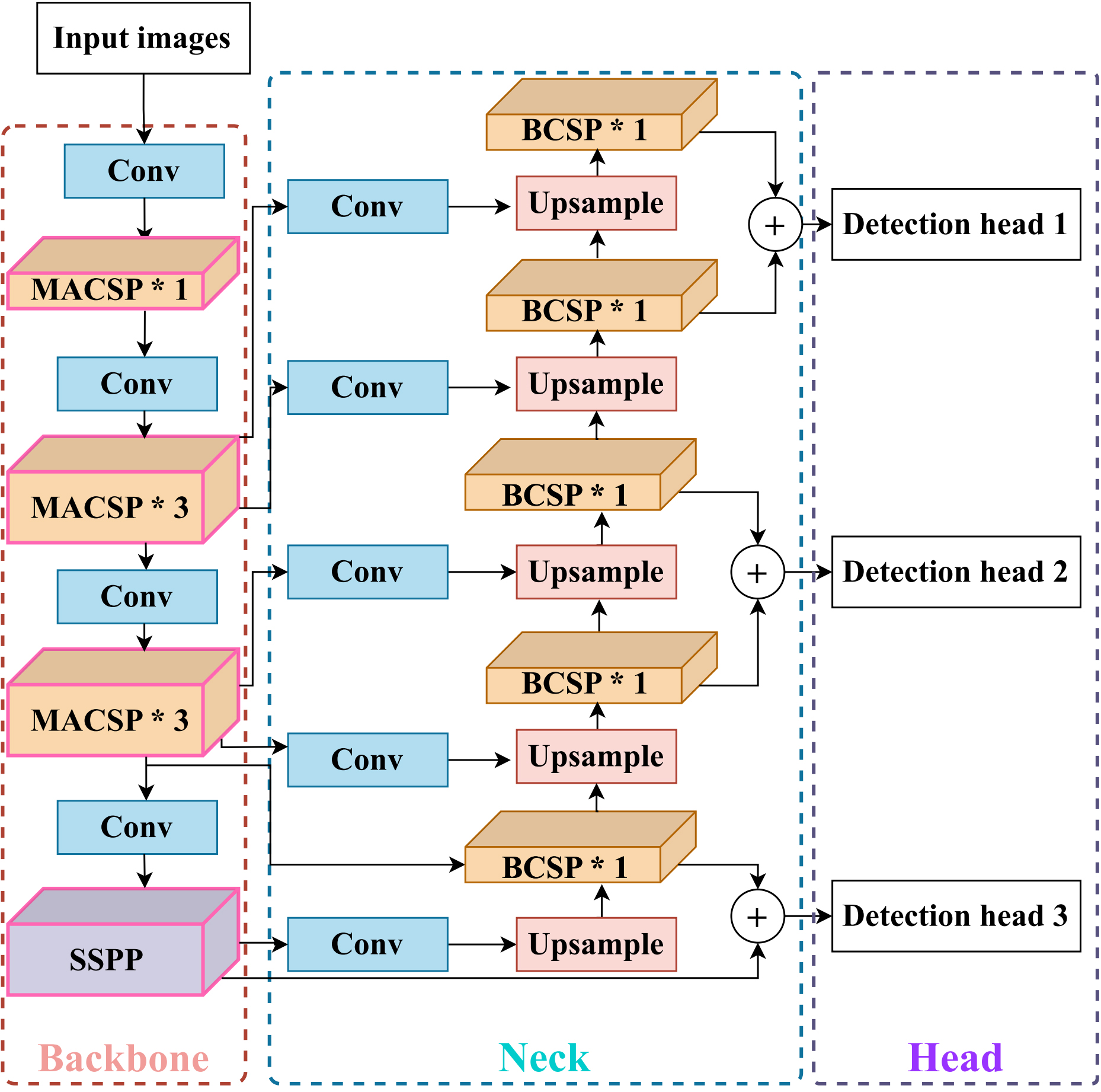
The problem of bacterial adhesion, bacterial transmission, and bacterial infection in food packaging has serious implications for the global economy and human health. Therefore, in recent decades, research specialists have worked to develop antibacterial materials which inhibit the growth of bacteria or achieve effective sterilization. To address the issues attributed to bacteria, this study created a superhydrophobic and antibacterial paper by adsorbing a layer of tea polyphenols and the FeCl3 reaction product on the surface of kraft paper, immersing it in AgNO3 solution for the in situ reduction of nanosilver, repeating the process four times, and then treating the surface with palm wax to reduce surface energy. The paper created showed excellent antibacterial properties (S. aureus inhibition rate of 99.963%, E. coli inhibition rate of 99.997%), superhydrophobicity (contact angle of water >155∘, sliding angle <5∘), stability, moisture-resistant performance, and reusability. This superhydrophobic antibacterial paper is extremely suitable for application in food packaging.

Well-known models to explain the interaction between liquids and surfaces include parameters as fluid viscosity, surface tension and density. About the surface, the properties as porosity and roughness, and surface energy are relevant. Regarding Inkjet printing this interaction can be influenced also by ink injection parameters. Several studies were published in the last years using these models to analyze different substrates for Inkjet as plain and Inkjet papers. The experiments here focused on this interaction but between Inkjet inks and coated cardboards. The main findings are related to an opposite ink spreading speed of pigment and dye inks with increasing of ink surface tension and viscosity. It was also demonstrated a high correlation between spreading speed and total surface energy of the cardboards.